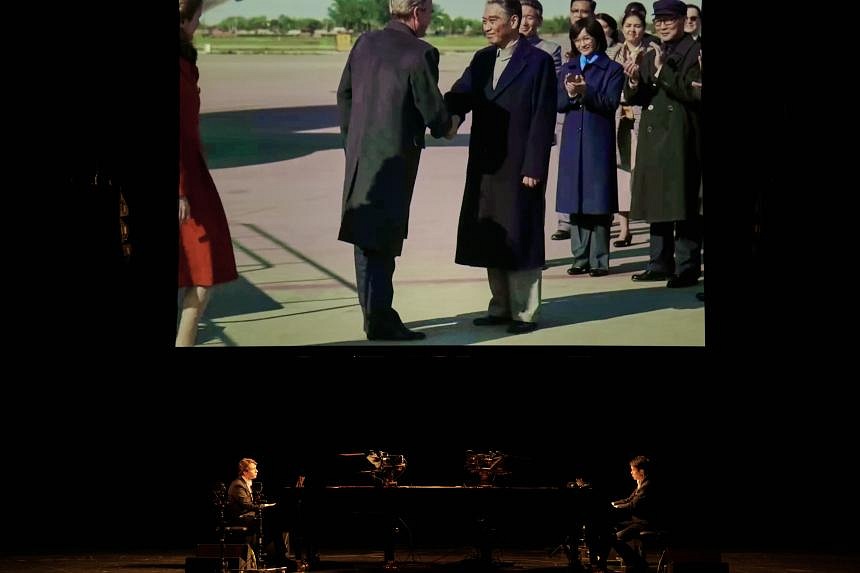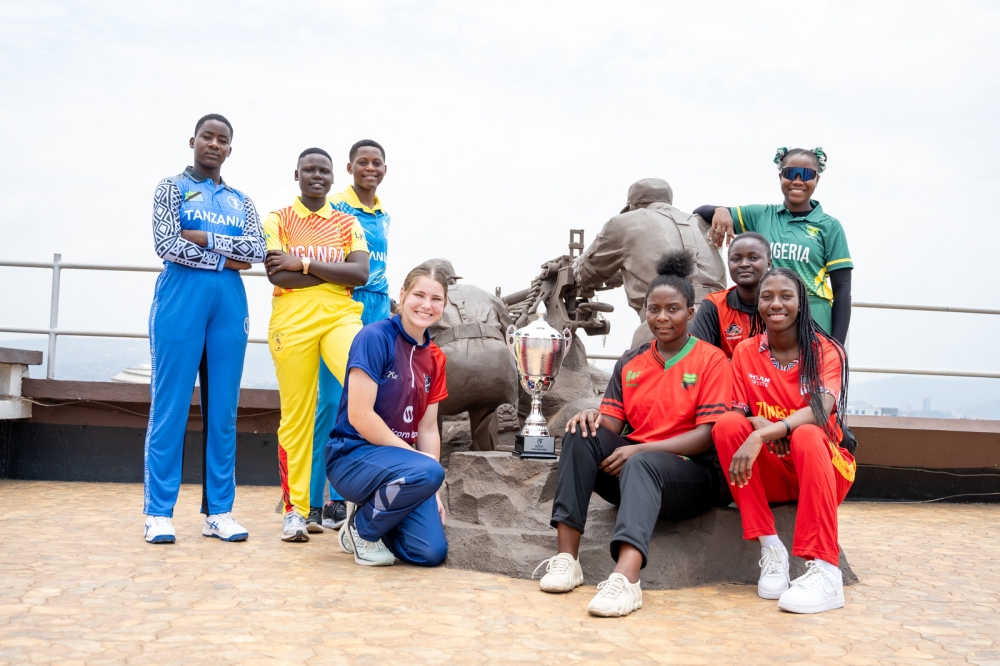Rhapsody In Yellow by Ming Wong. Rhapsody In Yellow Ming Wong Singtel Waterfront Theatre Aug 16, 8pm Watching historical clips of the United States and China’s ping-pong diplomacy in 1971 and 1972 in Rhapsody In Yellow, it is difficult not to conjure up more recent memories of the just-concluded Paris Olympics, at which politics and culture wars continue to prove part and parcel of sport. Quite apart from the gender debates surrounding women boxers Imane Khelif and Lin Yu Ting, the US and China’s gold medal battle went down to the wire, the US finally gaining daylight on the very last day.
Its women’s basketball team beat France by just a point in a tensely contested final – the victory allowing it to equal China’s gold medal haul and pull ahead on overall medal count. Singaporean artist Ming Wong’s lecture performance takes this tug of war in the supposedly non-political arena of sport all the back to the first hints of rapprochement during the Cold War, when the Sino-Soviet rift encouraged US President Nixon to break with diplomatic tradition in the 1970s. The documentary clips Wong begins this one-hour affair with shows the fanfare surrounding the US table tennis team’s visit to Beijing – one of the first contacts of the two nations since China turned red in 1949 – eventually paving the way for Nixon to visit China.

The videos dwell not on the politics, despite its omnipresence: the scores are never shown, and most plays are cut before points are secured. Instead, it is the hugs exchanged between the athletes and the American fans holding placards written in Mandarin, that catch the camera’s no doubt carefully orchestrated attention. In a doubles game that put an American and a Chinese player on the same team, the two athletes throw their bodies out of the way for the other to receive the ball, together engaged in a kind of convivial, clumsy choreography: this was a moment of immense hope, of sport bringing rivalrous countries together despite supposed ideological confrontation.
Rhapsody In Yellow is about this symphonic duet that bilateral relations between the US and China have composed over the years, manifesting live on stage in the form of two pianists – Ben Kim and Mark Taratushkin – riffing off, contradicting and playing over each other. Two pianos, arranged so that the duo face each other, mimic the layout of a table tennis table, the stage for their candenzas serve and return. At one point, Kim heads over to Taratushkin’s side and the two jocularly enact a four-hand piece.
Racing towards an invisible horizon, they are accompanied by orchestral music from videos of other concerts, generating a wall of sound that leads listeners to think about the grander, almost cosmic beauty of two superpowers challenging each other through time. Music arranger Christopher Schlechte-Bond does an excellent job of revelling in the discordant harmonies, the music sometimes tentative, sometimes full-blown, skipping time signatures and musical traditions. The sounds of the live pianos are frequently overwhelmed by sounds from the screen – individuals, subsumed to geopolitics, are never just themselves, but cannot help but be read as ciphers and symbols for national progress and competition.
The salient point, of course, is in its title – an amalgamation of American George Gershwin’s Rhapsody In Blue (1924) and Chinese Xian Xinghai’s Yellow River Cantata (1939) – each drawing from and subverting the Eurocentric but nominally international language of classical music. Kim and Taratushkin talk directly into a live camera to tell the stories of these two pieces’ creation and their critical reception. Each is symbolic of the US and China’s relatively recent rise in cultural and political power, with parallels in their retort to criticisms of their “coloured” roots, whether it is the jazz of America’s black population or Chinese peasant folk songs.
Like sport, both pieces have also been used to mark attitudes of more congenial collaboration, as well as a more interesting internal subversion of power hierarchies. Yellow River Cantata’s later iteration, the Yellow River Piano Concerto by Yin Chengzong and Chu Wanghua, especially, for a while became a sort of compulsory piece played by Western orchestras in China, and rehabilitated the bourgeois piano in the eyes of Mao Ze Dong during the Cultural Revolution. By focusing on the art in the rivalry between the US and China, Wong’s work presents a more optimistic – and rhapsodic – view of the two superpowers pushing the boundaries of human excellence.
He has a point, that is, ignoring more militaristic aspects and the gloom and doom of recent developments. Culture is political, but that by itself need not be a terrible thing. Book It/Rhapsody In Yellow Rhapsody In Yellow by Ming Wong features two live pianists.
PHOTO: TUCKYS PHOTOGRAPHY Where: Singtel Waterfront Theatre, 8 Raffles Avenue When: Till Aug 17, 8pm Admission: From $40 Info: Website Join ST's Telegram channel and get the latest breaking news delivered to you. Read 3 articles and stand to win rewards Spin the wheel now.



















